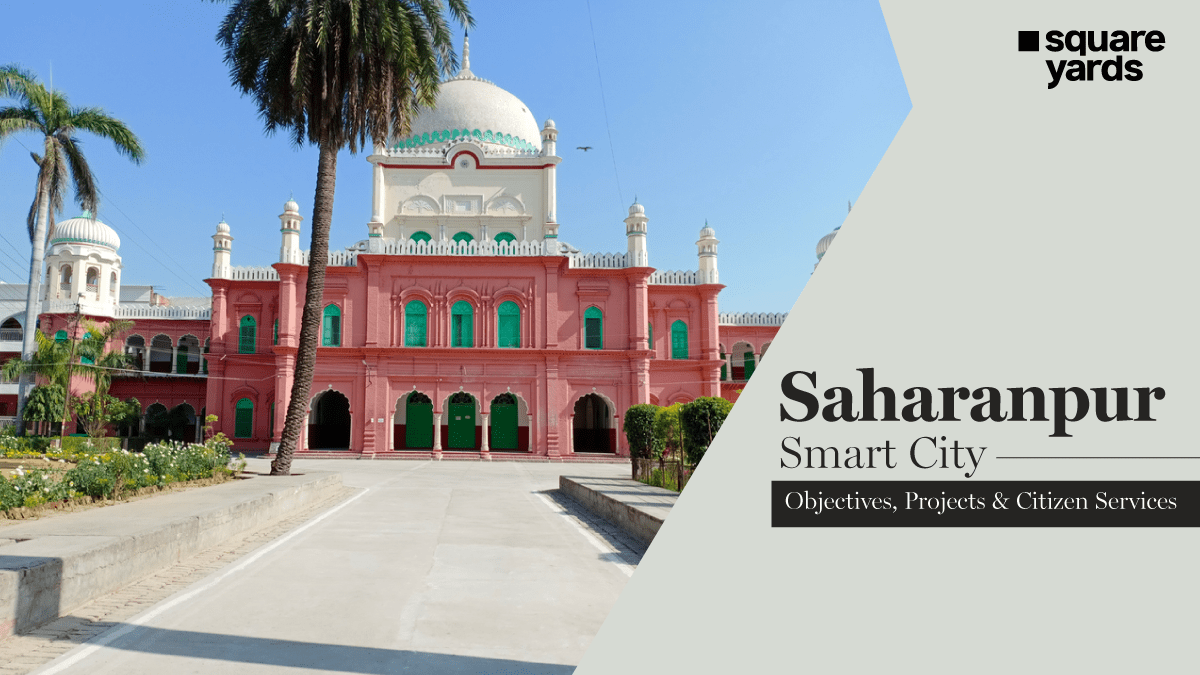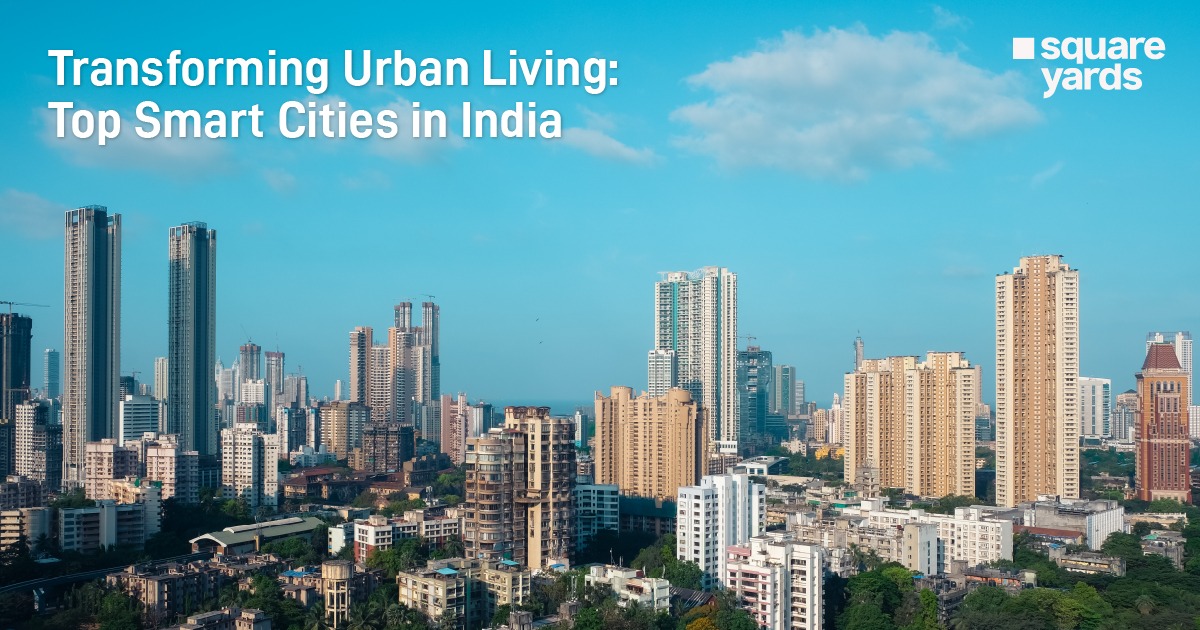The Indian government has recently announced an astounding plan that aims to revolutionize the nation’s transportation infrastructure. Under this ambitious initiative, the government plans to construct more than 2 million kilometers of national highways by 2037. This far-reaching project marks a significant shift in connectivity and economic development for the country.
A Roadmap for Progress
The comprehensive roadmap unveiled by the government charts a path to a tenfold increase in the length of high-speed roads, promising to transform India into a finely interconnected landscape. It is an endeavor that goes beyond simply expanding the existing network; it signifies an unwavering commitment to fostering economic inclusivity and regional development.
Enhanced Accessibility and Logistics
With this monumental transportation plan, the government aims to enhance accessibility and stimulate economic growth across the vast expanse of the country. By increasing the length of national highways, India will witness a seamless flow of goods and services, resulting in streamlined logistics and improved connectivity. This will allow businesses to operate more efficiently, reduce transportation costs, and expand their delivery networks.
Promoting Economic Inclusivity
One of the key objectives of this transformative initiative is to bridge the gaps between urban and rural areas. By improving connectivity, the government aims to level the playing field and open up new opportunities for trade and tourism. Better access to markets and diverse regions will empower rural communities, enabling them to participate more actively in the broader economic landscape. This will promote socio-economic advancement and upliftment, ensuring that the benefits of development reach every corner of the country.
A Catalyst for Regional Development
By investing in extensive national highways, the government is setting the stage for regional development and prosperity. The improved connectivity will attract investments and industries to areas previously underserved. This spillover effect will decentralize urban growth and encourage the creation of job opportunities in both urban and rural areas. Furthermore, it will alleviate the burden on overcrowded cities and pave the way for sustainable urbanization.
The Way Forward
The Indian government’s ambitious plan for transportation infrastructure is an endeavor that truly envisions a connected and prosperous future for the country. By constructing over 2 million kilometers of national highways by 2037, India is sending a strong signal to the world in terms of its commitment to economic growth and embracing the benefits of improved connectivity.























